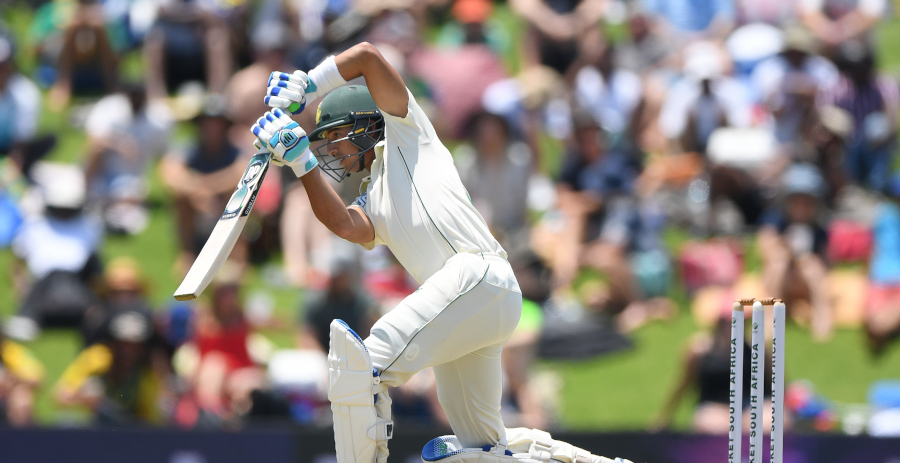The Proteas’ top-order needs to leave the ball a lot better if they want to score big runs against England this summer.
There are only two types of leaves in cricket – a good one and a bad one. The good leave is basically when you survive to face another delivery. It doesn’t matter how close the ball came to hitting the stumps when you shouldered arms, if it didn’t disturb the timber, it’s a top leave.
Of course, the opposite applies when it comes to a bad leave, when you lose your off stump after misjudging the line of the ball or even the bounce if you are leaving on length.
New magazine issue: Why De Kock must bat at four
Leaving the ball well is still an essential ingredient to be a successful Test batsman, but it seems to have become an underrated skill or something that players are neglecting because their minds are programmed to score quick runs because of the amount of T20 cricket being played throughout the year.
The Proteas’ top order struggled in their first innings at Centurion, lasing their wickets to deliveries that they could have left alone. Opener Dean Elgar was strangled down the leg-side with the very first delivery of the series, going at a delivery he could have watched harmlessly go by.
Rookies Zubayr Hamza, Rassie van der Dussen and Dwaine Pretorius played away from their bodies to get out, while wicket-keeper Quinton de Kock’s top knock also came to an end by flirting with a delivery he could have comfortably let go.
Captain Faf du Plessis was also caught behind, but he played at a lot more deliveries on day one after leaving a few straight ones against India in their series a few months ago.
Obviously, the ball was doing a bit at Centurion, but it genuinely seems like the Proteas’ batsmen were eager to feel the ball on the bat to build some confidence at the start of the series, especially after their struggles in red-ball cricket over the last couple of years.
But leaving the ball well should also be seen as a confidence booster, just like a sweet cover drive which pings off the middle of the bat.
Leaving the ball should not be a negative aspect of a batsman’s makeup, but a weapon. When you leave a lot of deliveries, it gives you a chance to track the movement and have a good look at the pace and bounce of the pitch.
But it’s a also really frustrating for a bowler to watch a batsman leave the ball, because they ultimately want to make the batters play to try and nick them off. By leaving the ball well, the bowlers are forced to bowl a lot straighter, which works in the batsman’s favour, as it negates the caught behind and opens up scoring opportunities on the leg-side.
Leaving well is the only way the Proteas’ batsmen are going to build innings’ of great substance over the next month against a good England attack. If they keep hanging their bats outside the off-stump, they are going to be cheaply cleaned up by the likes James Anderson and Stuart Broad every time they bat.
Photo: Gallo Images







